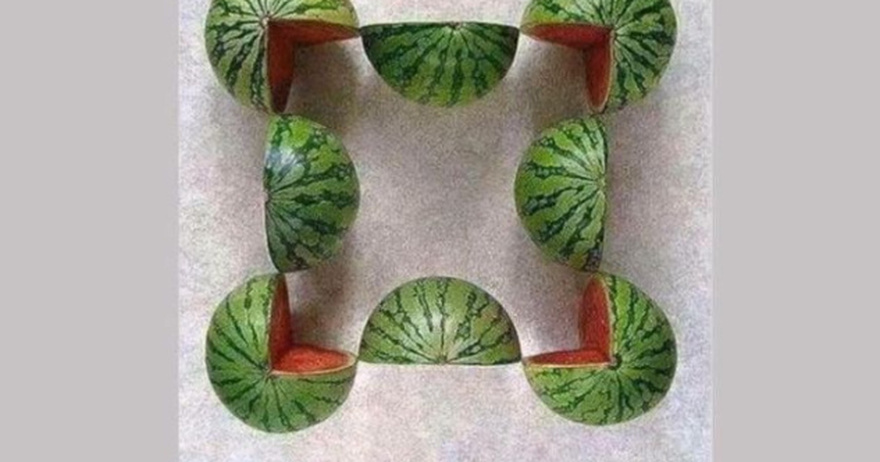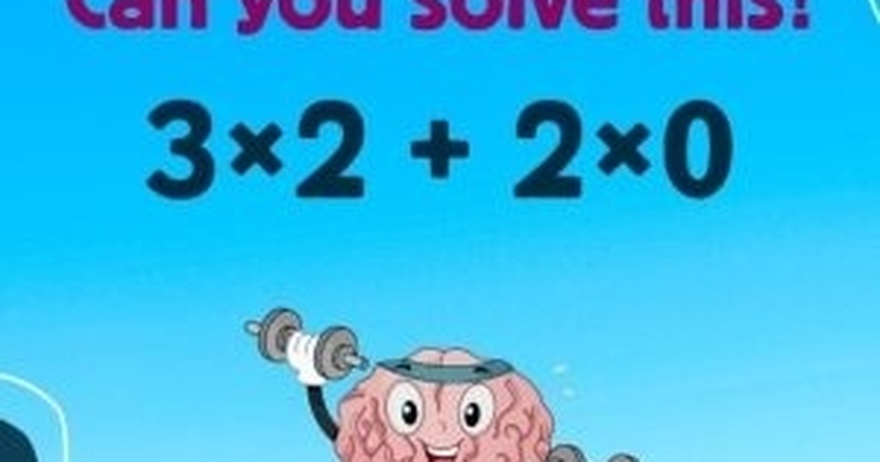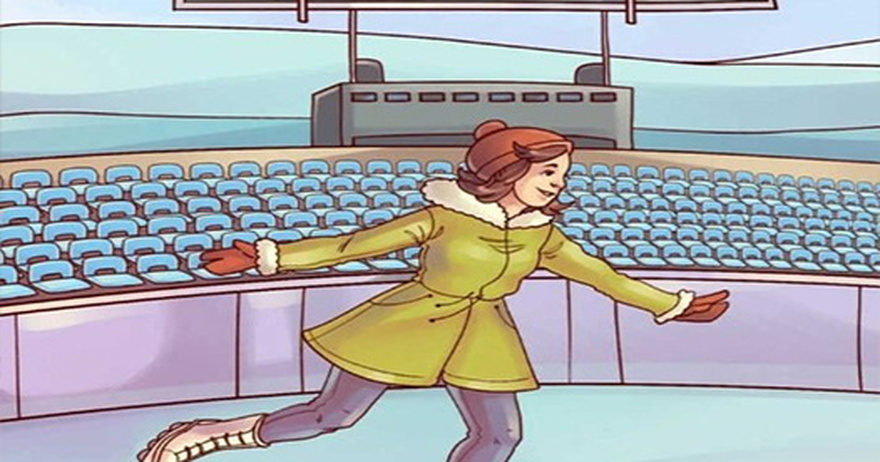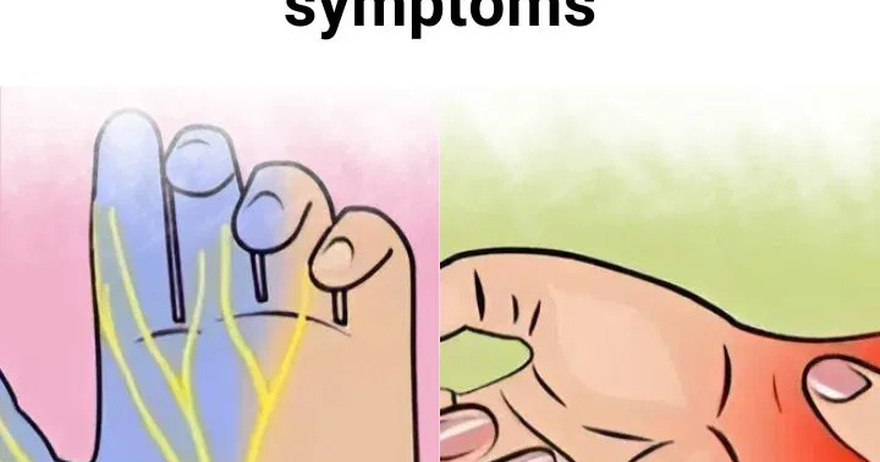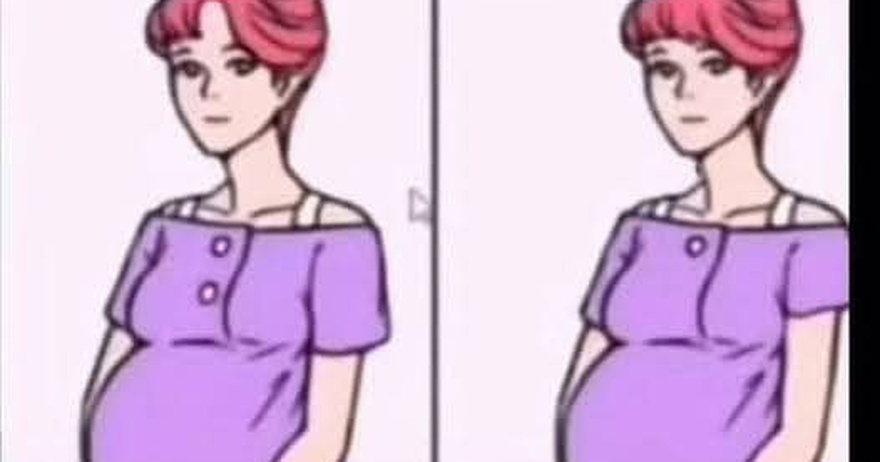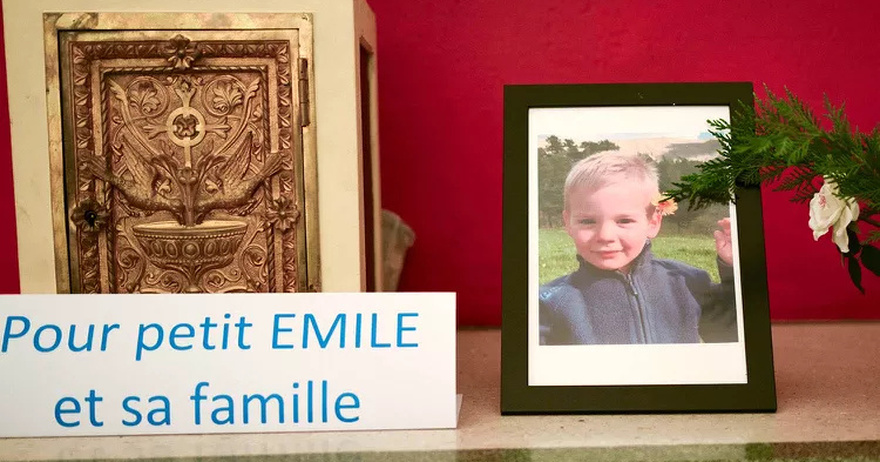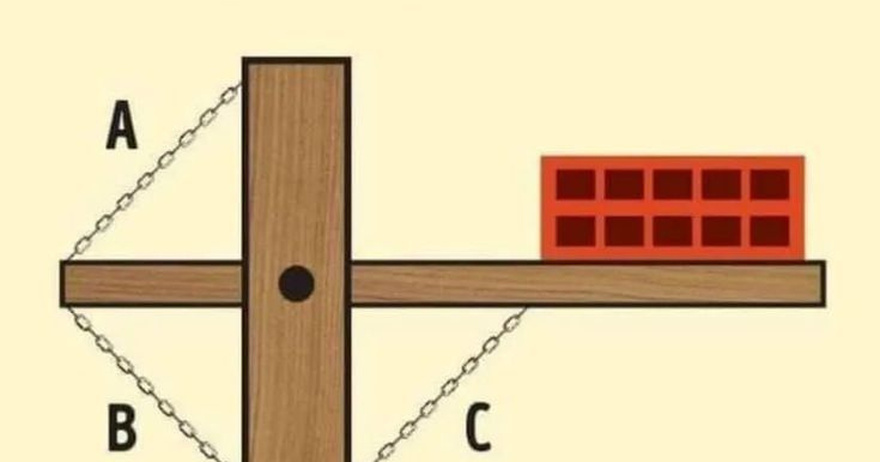You’ve probably seen it floating around on social media: a quirky image of sliced watermelons arranged in a square. The caption usually reads something dramatic like “99% will fail this!” and then asks the deceptively simple question: How many watermelons are there?
At first glance, it feels like a trick question. You see lots of slices, your brain gets excited (or confused), and your gut instinct might be to shout out “eight!” or maybe even more. But take a step back. Look closer. There’s more logic here than meets the eye — and this watermelon illusion is actually a masterclass in visual trickery.
Let’s break it down step by step.
Why This Brain Teaser Is So Deceptive
The image looks straightforward at first — a neat square of watermelon slices with bright green rinds and red flesh. But the clever placement of these slices creates an optical illusion that leads your brain down the wrong path.
You’re not actually seeing eight or ten separate watermelons. What you’re seeing is parts of whole watermelons — and how you interpret those parts is what makes this riddle so tricky.
The trick is to stop seeing individual pieces and start visualizing how those pieces fit together into whole watermelons.
Video: How Many Watermelons Are In This Picture ?
Step One: Understand the Watermelon Math
To solve this puzzle, we need to look at the image like a simple math problem.
Start with the basics:
1 whole watermelon = 4 quarters
1 whole watermelon = 2 halves
From there, we just have to count the visible pieces and see how they combine to form complete melons.
Breaking It Down: What You’re Actually Looking At
Let’s break the image into layers.
The 4 Corners: Quarter Pieces
There are four quarter slices, each one placed at a corner of the square. Four quarters equal one whole watermelon. Simple enough, right?
So far, we’ve got:
1 whole watermelon from the four corners
The 4 Sides: Half Pieces
Now let’s look at the slices positioned along the sides of the square. These are clearly half watermelons — that is, each one is sliced vertically in half and placed facing inward.
There are four half-melons, and when you pair them together:
4 halves = 2 full watermelons
Add that to our count.
The Center: One Whole Watermelon
In the very center of the image, there’s one perfectly round, untouched watermelon — no slices, no tricks.
Add another full watermelon.
Four More Quarters You Probably Missed
Now, here’s where things get sneaky. You might have only noticed the first set of four quarters in the corners, but look again — there are another four quarters tucked inside the formation, near the sides of the center watermelon.
These four smaller quarter pieces, when added together, form:
1 full watermelon
So if we total it all up:
1 full (4 corner quarters)
2 full (from 4 halves on the sides)
1 full (whole center melon)
1 full (4 more quarters tucked in)
Final Answer: 5 Full Watermelons
Surprised? Most people are. It’s the clever visual arrangement that makes this puzzle so deceptive. It plays with symmetry and perspective to make us overestimate what’s actually there.
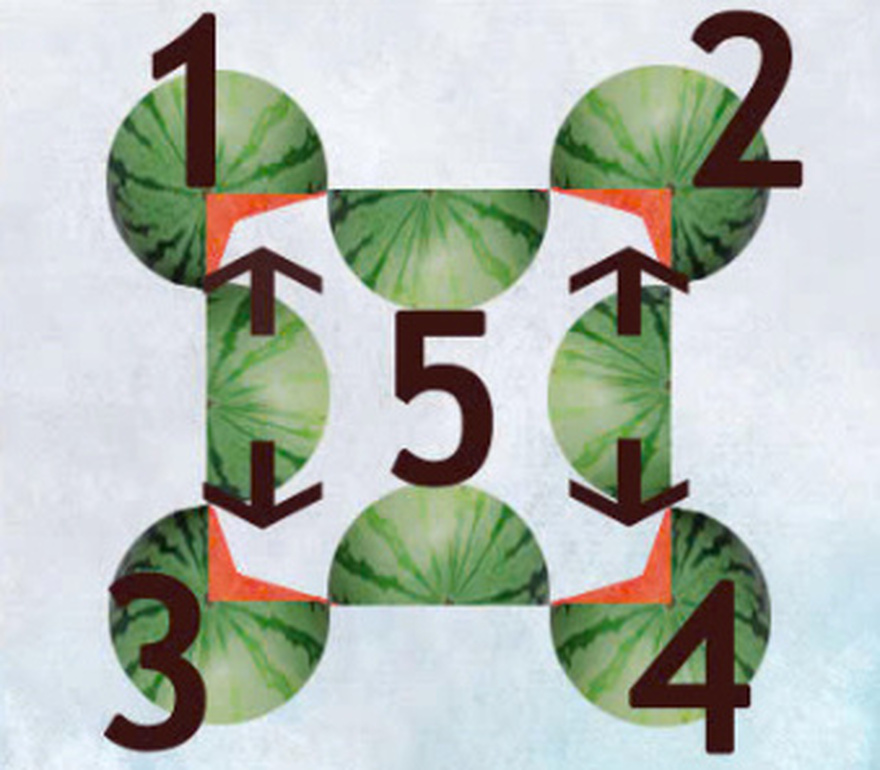
Why Our Brains Struggle With This Type of Puzzle
This puzzle works because it relies on pattern disruption and expectation. Our brains are wired to make quick judgments — a survival tactic from the days when reacting fast meant staying alive. But when it comes to visual riddles, that instinct can backfire.
We tend to count the “visible items” quickly instead of pausing to mentally reconstruct the full objects those pieces represent. And in this case, our minds assume more watermelons than there actually are.
It’s not about being bad at math — it’s about learning to slow down and see the full picture.
The Psychology Behind Visual Puzzles
There’s a reason these types of brain teasers are so satisfying — or frustrating, depending on how fast you solve them. They challenge our visual-spatial reasoning, which is the part of your brain that handles shape, structure, and relationships between objects.
Solving a puzzle like this isn’t just fun. It gives your brain a workout, strengthens critical thinking, and gives you a little dopamine hit when you figure it out.
And let’s be honest — it feels pretty good to beat the odds when the image claims “99% will fail this.”
What This Puzzle Teaches Us About Perspective
This watermelon riddle isn’t just a test of vision or counting. It’s a reminder that not everything is what it seems at first glance. Sometimes, the answer is simpler than we think — but it requires a different way of seeing.
In everyday life, we’re bombarded by things that look more complicated than they are. Whether it’s solving a problem at work, handling a stressful situation, or simply cleaning up a mess at home, the solution often lies in breaking things down into smaller parts and thinking clearly.
Just like this puzzle, real-life challenges can be solved with a little patience, logic, and a shift in perspective.
Conclusion: It’s All About Seeing the Bigger Picture

So, how many watermelons were there? Just five. Not eight, not ten, not twelve.
This puzzle is the perfect mix of illusion, logic, and fun — and a great example of how a simple image can completely throw off your judgment. But once you look past the surface and piece it all together, it’s actually a straightforward solution.
So next time you come across a visual riddle that seems impossible, remember: slow down, look closer, and trust your ability to figure it out. You just might surprise yourself.
And hey — if you got the answer right? Congrats! You’re officially in the 1%.
